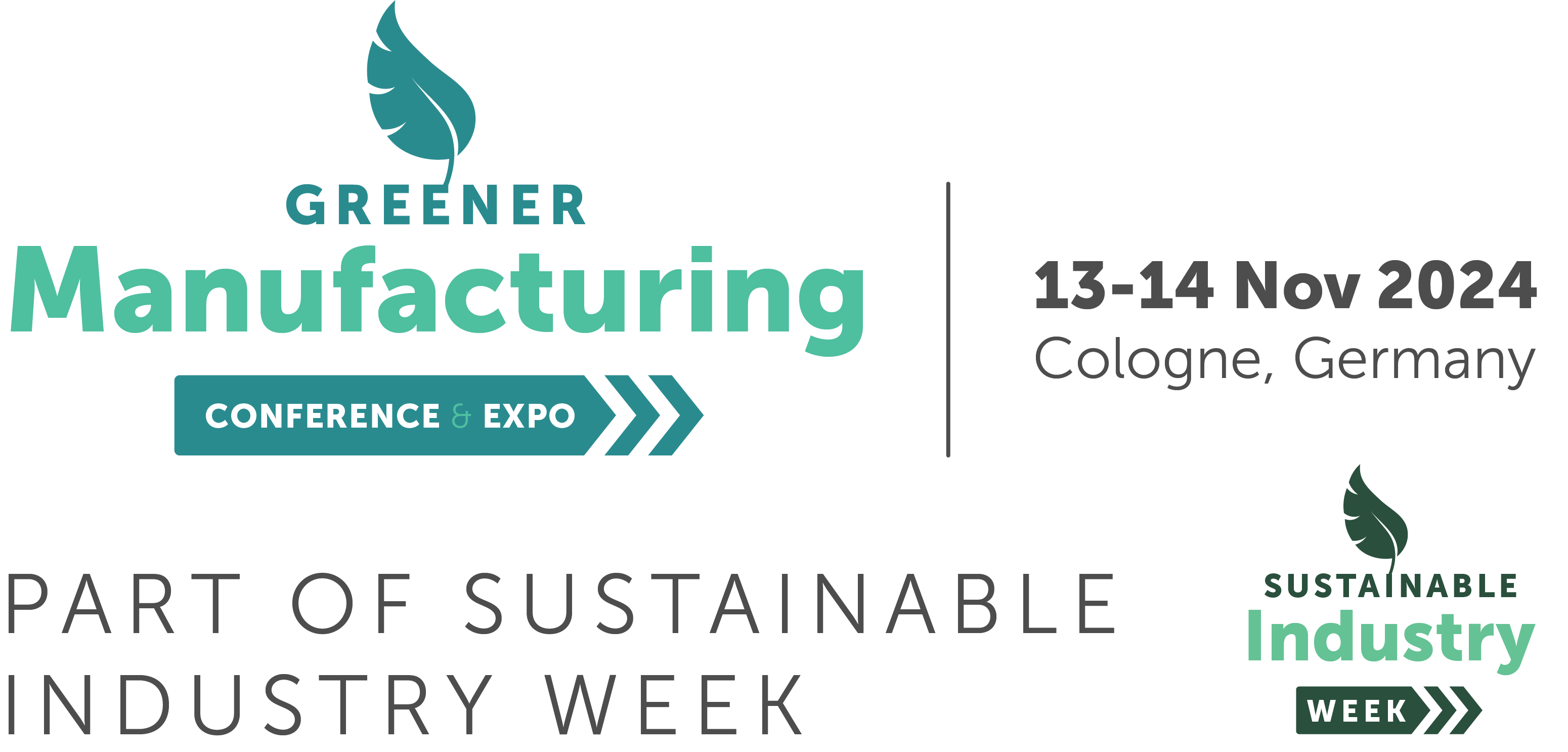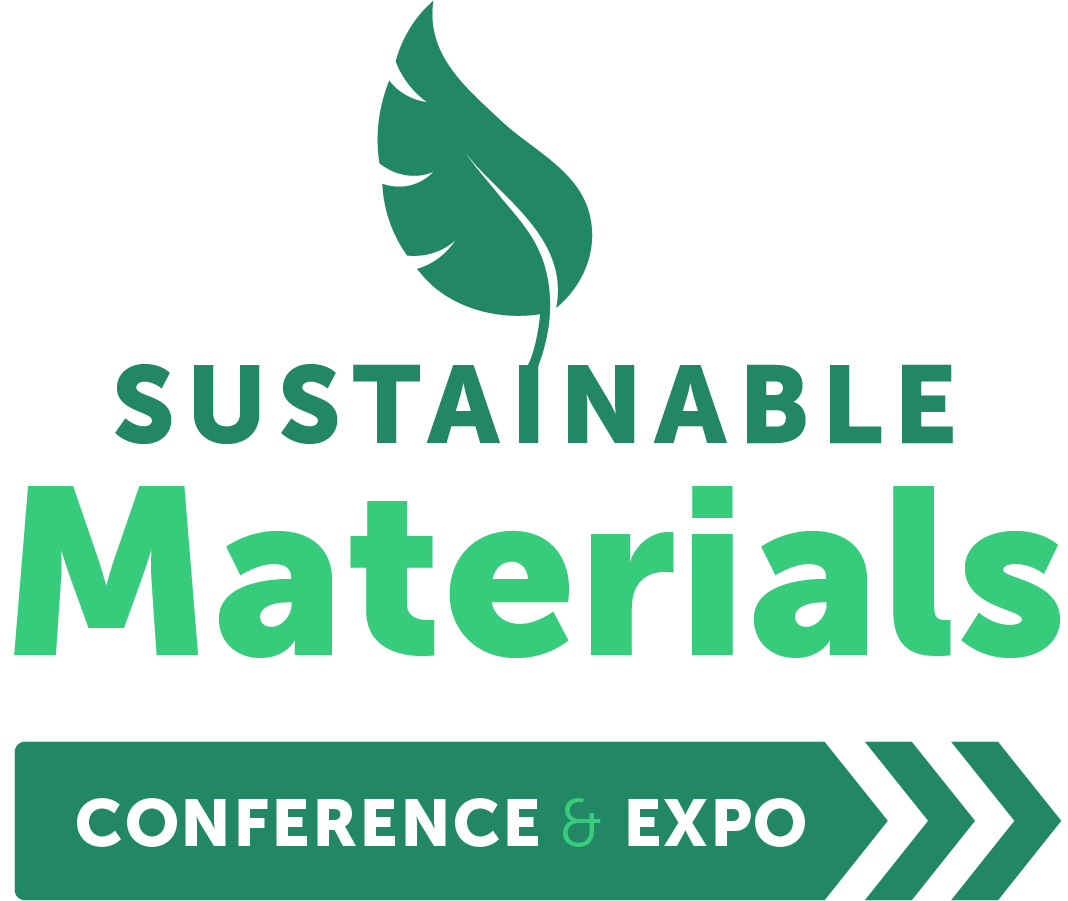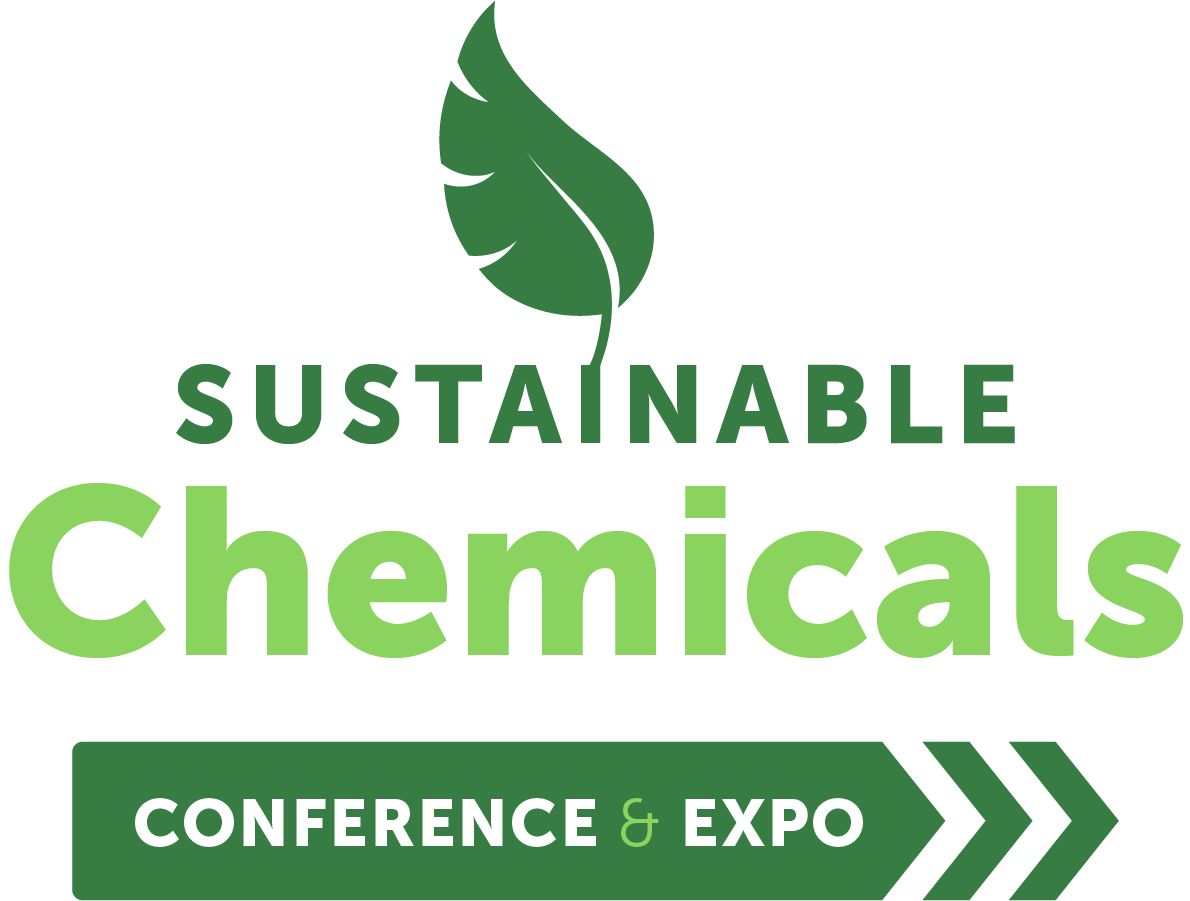Biomason works towards using greener materials in architecture construction
)
Ginger Dosier, the Co-Founder of Biomason and chair of the Chemicals and Materials track at SynBioBeta2024, is searching for and developing a way to make architecture better for the environment. Dosier’s first area of expertise was in architecture, before switching to being a biomaterials scientist and also becoming an entrepreneur.
This transition between fields occurred after Dosier graduated from Cranbrook Academy of Art and found an interest in the process that goes into manufacturing architectural materials. Following this thread of inspiration, Dosier started to experiment with early prototypes of Biomason’s biocement. This innovative technology is a huge step forwards for the industry, as it uses microorganisms to grow concrete. During this process, rather than emitting carbon, the material sequesters carbon, whilst it produces concrete.
It has recently become clear that the materials companies are using to create certain materials, such as concrete, metal, plastic, asphalt and bricks needs to change. This was made clear in 2020, when an article in Nature made an estimation that there is currently more anthropogenic mass than Earth’s living biomass. This prediction indicated that certain practices need to change, in order to prevent further damage being done to ecosystems and biodiversity, but most importantly what materials and processes are being used to construct certain materials within society. This is where the focus on changing building materials comes in.
It was due to the knowledge that concrete and cement are some of the biggest issues when it comes to building construction, that Biomason was founded. Fixing this construction issue has remained at the forefront of Biomason’s mission and so far, the company have seen success in the development of their technology. This technology which uses microorganisms to create cement, does so through the use of a process which involves solid-state fermentation. This functions through the microbes putting carbon to work by forming calcium carbonate crystals between aggregate particles. By performing this process, Biomason is able to prevent direct emissions from the cement production process.
Alongside the work that Biomason is applying to the construction industry to make it better for the environment, other companies are also getting involved in this effort. This includes companies such as Prometheus Materials, who are developing a zero-carbon bio-cement and bio-concrete option for construction purposes. Furthermore, Minus Materials is currently looking into different methods that could decarbonise cement. A recent development involved a method centred around the use of algae to create limestone, which has the potential to decrease carbon emissions.
Dosier commented on the ideas that are coming around to help make the construction industry better for the environment and to make all kinds of construction processes greener and more eco-friendly. She commented on projects that are occurring currently, saying, “We’re just at the beginning of questioning what materials can do,” she continued, “Some materials used in construction are meant to last for hundreds of years, while others aren’t meant to last 100 years, but rather serve a role. For both, we need to think about the consequences of their persistence in the environment.”
Dosier talks about, ’being more cognizant of how we use the available land. For example, we could reduce the footprint of buildings’ foundations with stronger supporting materials, be more selective about what materials touch the ground, and ensure that the materials we use are not hazardous to the environment we place them in.’
Dosier also mentions, that decarbonization can take many forms. The first is replacing extracted raw materials with bio-based alternatives. Suppose those bio-based technologies could manufacture materials from waste CO2 even better. Additionally, we need to think about where those materials are produced. Restructuring global supply chains to produce materials locally could have a substantial impact on reducing greenhouse gas emissions. Finally, developing living building materials that can sequester atmospheric carbon could reduce the operational carbon footprint of buildings.
Dosier’s final comments on this effort were, "If we put the power of biology in those types of materials, and maybe they do even more. Maybe they also absorb pollution inside of our buildings. There's an infinite world of what could be possible when we start to take two subjects like architecture and biology and put them together.”





